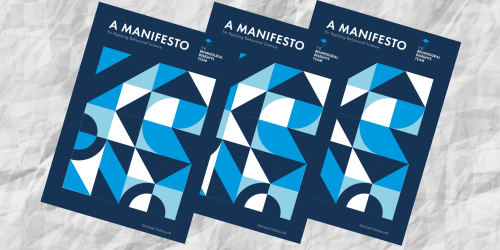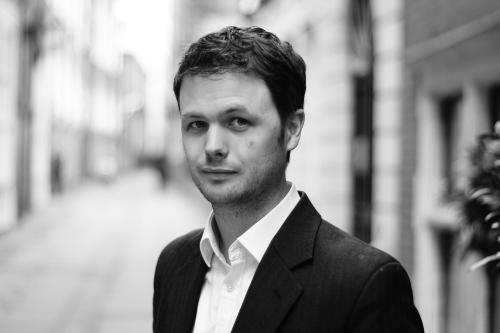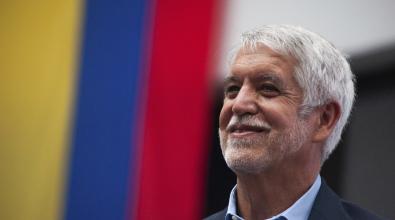New manifesto gives the field of behavioral ‘nudgers’ its own nudge

Since the 2008 book “Nudge” popularized the use of behavioral science in the public sector, city leaders have seen great results putting its ideas to work. They’ve used behavioral science to boost back-tax payments, hone public-health messaging, increase library card renewals, among many wins.
But behavioral science could do much more to solve even bigger problems. That’s the premise of a provocative guide published last month by the Behavioral Insights Team, which pioneered behavioral science efforts in cities around the world through a partnership with Bloomberg Philanthropies. BIT’s new “Manifesto for Applying Behavioral Science," puts forward 10 proposals aimed at making sure this young but maturing field “can fulfill its true potential.”
Behavioral science offers city leaders tools to shape programs, services, public spaces, and more using evidence about how residents behave. “Nudging,” for example, is about reframing choices—like whether to see a doctor or pay a parking ticket—in ways that make people more likely to pick the option that benefits them. A number of cities are building in-house expertise around behavioral science, mirroring so-called “nudge units” in national governments around the world.
Yet this is just the beginning, says Michael Hallsworth, BIT’s Managing Director for the Americas and author of the manifesto. “Behavioral science as an approach has had a lot of attention and success over the 15 years since ‘Nudge’ was published,” Hallsworth says. “It’s done a lot—we can measure the results. But it’s time to think about whether we keep doing the same things the same way. Because I think it can do more.”
[Read our explainer on behavioral ‘nudges’]
The guide starts by laying out criticisms of the field—for example, that nudges typically represent limited interventions, yielding impacts that don’t always scale up. It then advances 10 ways behavioral science can be positioned to address bigger and more complicated problems in new ways. While some points are aimed primarily at academics and behavioral scientists, a number of the proposals should resonate for city leaders.
One is to look for leverage points where behavioral science can be applied to the kinds of complex systems that are so common in cities. Transportation and mobility is a good example. In London, street crossings were set to default to a green light for pedestrians, with no need to stop and push a button. The change saves time for pedestrians and incentivizes walking, without causing traffic delays.
Hallsworth says there are any number of systems in cities, from job markets to criminal justice to public health, where behavioral science can point to the way to better outcomes. “The next phase is to go beyond individual changes and think about upper-level things that are going on in the city,” Hallsworth says, “and how do we understand it in terms of human behavior and practical things we can do to gear the system differently toward a good outcome.”
Some proposals are aimed at scaling impact in other ways. For example, the manifesto calls for behavioral science to be viewed less as a special set of tools for certain kinds of problems and more as a lens that can be applied to any issue where human behavior is a factor. Another proposal is to double down on enabling proven interventions to spread and be adapted to new contexts.
[Read: What’s next for behavioral ‘nudges’? Here’s what the experts say]
There’s also a proposal to move away from setting up dedicated behavioral science teams within government and focus more on integrating the approach across organizations. “It shouldn’t be about whether someone comes in and commissions a nudge unit to do things,” Hallsworth says. “What I want is a future where behavioral science is baked into the organization. Where business-as-usual means going with the grain of human behavior.”
For example, cities in recent years have used behavioral approaches to experiment around what works with recruiting and hiring more diverse police forces. That knowledge can be paired with other insights from behavioral science about things like assessing job candidates and performance reviews to make personnel policies more effective across-the-board.
“The question that matters is not whether these practices are behavioral-science branded, but are we doing this stuff regularly,” Hallsworth says. “It doesn’t have to be a behavioral science thing. It’s just an HR thing. HR done better.”




